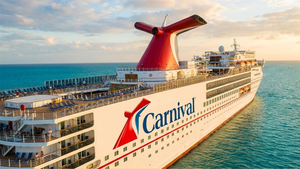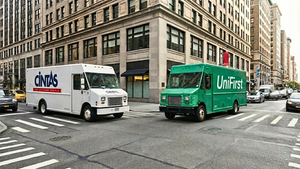 Income-focused investors are facing an unfamiliar conundrum.
Income-focused investors are facing an unfamiliar conundrum.
With the yield on the 10-Year U.S. Treasury hovering around a 15-year high, bonds have emerged as an attractive alternative to dividend-paying stocks. Safehaven government bonds and investment-grade corporate debt are finally providing investors a low-risk way to earn interest. ‘Risk-free’ rates close to 4.0% are a welcomed change from three years ago when the 10-Year yield dipped below 0.4%.
Does this mean the days are numbered for dividend stocks? Is it time to rush back into bonds?
Not necessarily.
Competing against government-backed income of similar magnitude, dividend stocks have naturally become less compelling in recent months. In turn, they are woefully lagging behind the broader equity market. The SPDR S&P 500 High Dividend ETF (SPYD) is down 6% year-to-date, while its popular cousin, the SPDR S&P 500 ETF (SPY), is up 15%.
Of course, the decision to allocate funds between bonds and stocks is not about performance but risk. The 10-Year Treasury carries little principal risk but also comes with little, if any, appreciation. High-dividend stocks are far riskier but have long-term growth potential.
Hmm. Is it possible to have your cake and eat it too?
Quite literally, restaurants are offering the best of both worlds. With most share prices well off their 2021 highs, restaurants have some of the highest dividend yields available. Think of the rebound potential as the main course and the cash dividends as the dessert.
One way to implement this strategy is the AdvisorShares Restaurant ETF (EATZ) — but the yield is only 2.0%. Alternatively, these two restaurant stocks have above-Treasury yields on their menus.
Which Restaurant Stock Has The Highest Dividend Yield?
Except for a few ultra-risky micro-caps, Cracker Barrel Old Country Store, Inc. (NASDAQ: CBRL) has the highest dividend yield in the restaurant industry. The restaurant operator pays a $1.30 per share quarterly cash dividend for an annual payout of $5.20. With the stock trading back below $100, this gives it a 5.5% forward yield that’s nearly three times the consumer discretionary sector average.
The question then becomes, is the reinstated dividend sustainable? Based on this year’s expected earnings, Cracker Barrel will pay out nearly 80% of its net income as dividends. Although this is very high and leaves little profits left for growth initiatives, it is not quite at unsustainable levels. The dividend coverage ratio (forward earnings divided by annual dividend) of 1.3x is among the lowest in the industry, however, and puts the stock at risk of a dividend decrease.
So with Cracker Barrel’s juicy dividend on somewhat shaky ground, the investment carries significant risk. If the dividend does get cut into one of its sirloin steaks, the stock will likely drop. But does the profit growth outlook offset the dividend risk?
For the new fiscal year ending July 31, 2024, Cracker Barrel is forecast to grow profits 22%. Its ability to meet or exceed this benchmark will largely depend on cost inflation and the success of cost-saving measures. A convincing return to profit growth in the current quarter would go a long way in restoring investors’ appetite for the shares.
What Is Wendy’s Dividend Yield?
Roughly $7.00 has been trimmed from The Wendy’s Company (NASDAQ: WEN) share price since last June. Even at fast food joints, higher menu prices are impacting consumer traffic. Along with increased wages and food costs, this has created a combo meal of slowing sales and profit growth.
Now trading back in the low $20’s, Wendy’s has a 4.5% forward dividend yield. Like Cracker Barrel, however, the payout ratio is very high. With profits hard to come by in the ultra-competitive quick service restaurant (QSR) space, some 84% of company profits will be bagged up as a dividend takeout order for shareholders. A 1.5x dividend coverage ratio is also a warning sign that the dividend may have been cooked up too fast.
While it's a positive that the board doubled the dividend earlier this year, it has put Wendy’s in a tight financial position. Management’s ability to navigate the current economic landscape and deliver above-peer growth in the quarters ahead will be critical for dividend sustainability.
This month, rapper T-Pain dropped the summer anthem for Wendy’s Frosty dessert in the form of a ‘Buy U a Drank’ remix. Will a cooled-off stock price and sweet dividend entice investors to ‘buy them some shares’?





